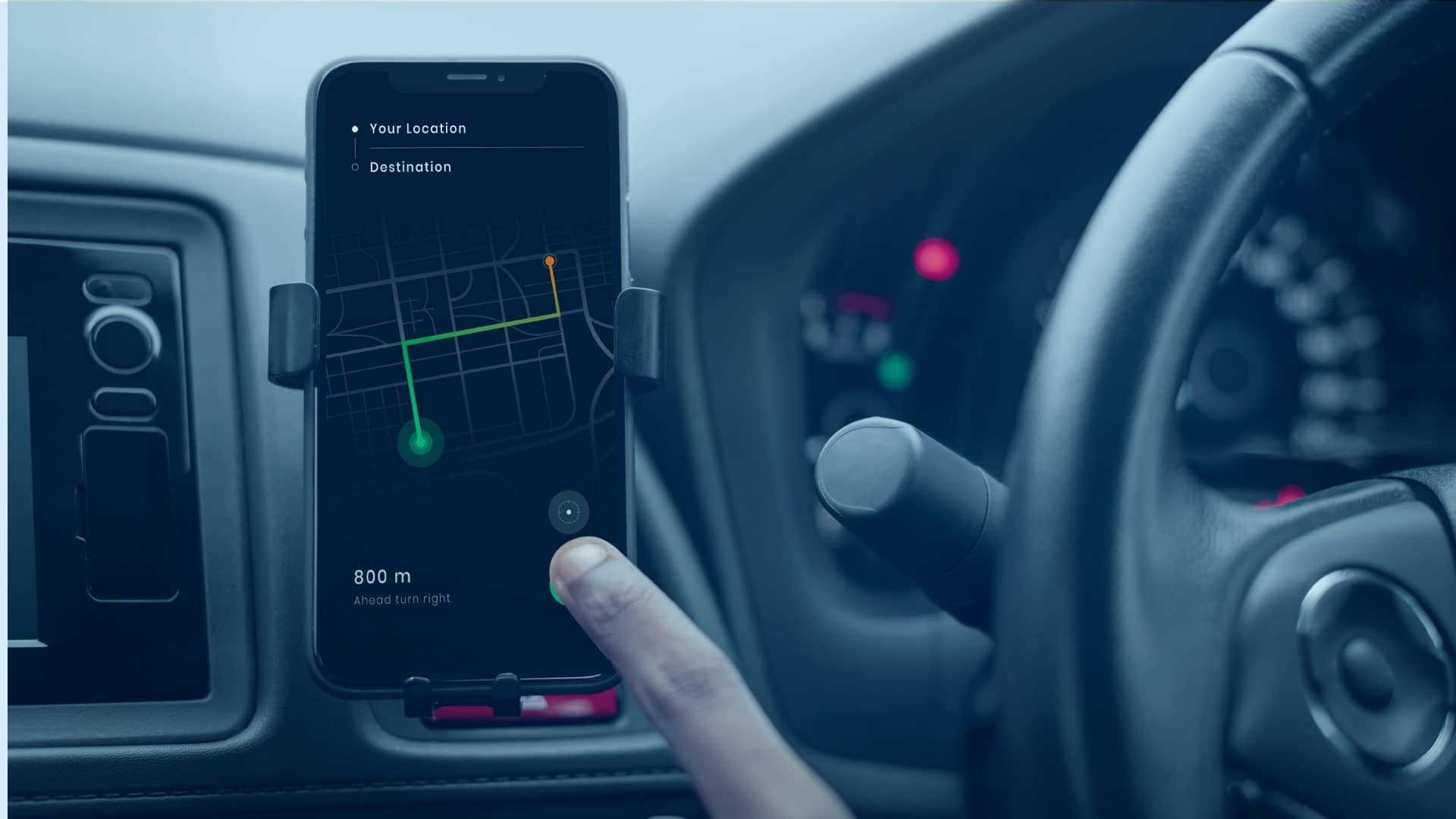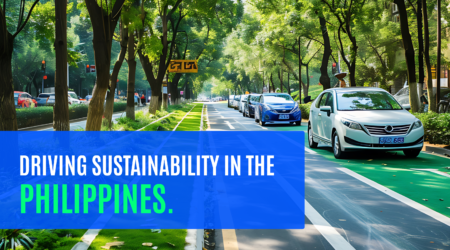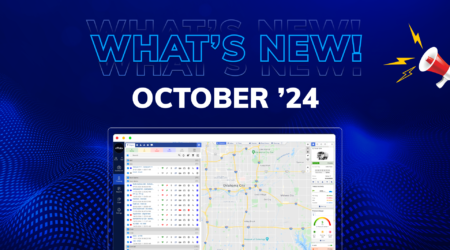What is Vehicle Routing Problem?
 Introduction to the Vehicle Routing Problem
Introduction to the Vehicle Routing Problem
The Vehicle Routing Problem (VRP) stands as a pivotal challenge in the realm of logistics and transportation. It revolves around the optimal assignment of a fleet of vehicles to deliver goods to various destinations. The main goal is to minimize costs, which could include distance traveled, fuel consumption, or time spent while adhering to a set of constraints like delivery windows and vehicle capacity.
Historical Background
The concept of the Vehicle Routing Problem first emerged in the late 1950s, marking a significant evolution in logistics planning. It stemmed from the need to optimize delivery routes, a task that became increasingly complex with the expansion of distribution networks. The first mathematical model for VRP was introduced by George Dantzig and John Ramser in 1959, laying the foundation for numerous studies and advancements in this field.
Key Components of Vehicle Routing Problem
At its core, the Vehicle Routing Problem comprises several key components:
Fleet Composition
The makeup of the vehicle fleet is a crucial factor. This includes the number of vehicles, their capacity, speed, and operational costs. Different vehicles might be better suited for different types of deliveries, making fleet composition a strategic decision.
Customer Demand
Understanding customer needs is vital. This includes the quantity and type of goods required at each destination. Balancing these demands with vehicle capacity ensures efficient utilization of resources.
Route Planning
Planning routes is a complex task involving the calculation of the shortest or fastest paths to multiple destinations. This must consider traffic conditions, delivery windows, and geographic constraints.
Delivery Windows
Adhering to specific time windows for deliveries is often crucial, especially in B2B contexts or time-sensitive goods. This adds another layer of complexity to route planning.
Cost Optimization
A primary goal of the Vehicle Routing Problem is to minimize costs, which include fuel, maintenance, labor, and vehicle depreciation. Optimizing these costs requires a delicate balance between various competing factors.
Constraints Handling
Constraints can include vehicle capacity, road restrictions, and driver working hours. Addressing these constraints is essential for creating viable routing plans.
Adaptability and Real-Time Adjustments
The ability to adapt to real-time changes, such as traffic or weather conditions, and adjust routes accordingly, is a crucial component of modern VRP solutions.
Environmental Impact
With growing environmental concerns, reducing the carbon footprint of logistics operations is increasingly important. Efficient routing can significantly contribute to this goal.
Challenges in Solving VRP
Solving the Vehicle Routing Problem is not straightforward due to several challenges:
- Complexity: As the number of vehicles and destinations increases, the complexity of finding the optimal solution escalates exponentially.
- Variability: Each VRP case can vary significantly in terms of constraints and objectives, requiring flexible solution approaches.
- Dynamic Environment: Changes in traffic conditions, customer demands, and vehicle availability add to the problem’s complexity.
Primary Variants of Vehicle Routing Problem
The basic Vehicle Routing Problem has given rise to several primary variants, each addressing specific circumstances:
1. Classic VRP
Understanding the Basics
The Classic Vehicle Routing Problem is the fundamental form of the problem. It involves a fleet of identical vehicles stationed at a depot, tasked with servicing a set of customers. The goal is to minimize the total route distance or cost while ensuring that each customer is visited exactly once.
Key Features
- Homogeneous fleet
- Single depot
- Objective: Minimize total distance or cost
2. VRP with Time Windows (VRPTW)
Adding the Element of Time
In-Vehicle Routing Problem, each customer must be serviced within a specific time window. This variant is particularly relevant for deliveries where timing is critical, like perishable goods or time-sensitive documents.
Key Features
- Time-specific delivery windows
- Higher complexity due to temporal constraints
- 3. Capacitated VRP (CVRP)
3. Managing Vehicle Capacity
CVRP considers the capacity constraints of vehicles. Each vehicle has a limited carrying capacity, and the routes must be planned accordingly to ensure that the load does not exceed this capacity.
Key Features
- Limited vehicle capacity
- Focus on optimal load distribution
4. VRP with Pickup and Delivery (VRPPD)
Dual Tasks: Pickup and Delivery
Vehicle Routing Problem PD involves not just delivering goods but also picking them up from various locations. This variant is common in services like courier delivery or waste collection.
Key Features
- Simultaneous delivery and pickup tasks
- Complex route planning to accommodate both operations
5. Multi-Depot VRP (MDVRP)
Multiple Starting Points
In MDVRP, vehicles are distributed across multiple depots. This variant is applicable for businesses with several distribution centers.
Key Features
- More than one depot
- Enhanced logistical complexity
6. Periodic VRP (PVRP)
Regular Service Schedules
PVRP involves planning routes over a given time horizon, with certain customers requiring visits on specific days. This is typical for businesses like waste collection or maintenance services.
Key Features
- Recurring delivery schedules
- Long-term planning horizon
7. Stochastic VRP (SVRP)
Dealing with Uncertainty
Stochastic Vehicle Routing Problem accounts for uncertainty in variables like travel time, demand, or service time. This variant is crucial for environments where these factors are not predictable.
Key Features
- Uncertain or variable parameters
- Use of probabilistic models
8. Green VRP
Focus on Sustainability
Green Vehicle Routing Problem incorporates environmental considerations into route planning, aiming to minimize fuel consumption and carbon emissions.
Key Features
- Environmental impact consideration
- Emphasis on eco-friendly routing
Advanced Variants of VRP
With the evolution of logistics needs, more advanced variants of the Vehicle Routing Problem have emerged:
- Green VRP: Focuses on minimizing environmental impact, such as reducing carbon emissions.
- Stochastic VRP: Deals with uncertainty in elements like demand and travel time.
- Multi-Depot VRP: Involves multiple starting and ending points for routes.
Conclusion
The Vehicle Routing Problem remains a dynamic and evolving field, crucial for efficient logistics and transportation management. Understanding its components, challenges, and variants is essential for businesses seeking to optimize their distribution networks. With advancements in technology and algorithms, the solutions to VRP continue to become more sophisticated, offering promising prospects for the future of logistics.




